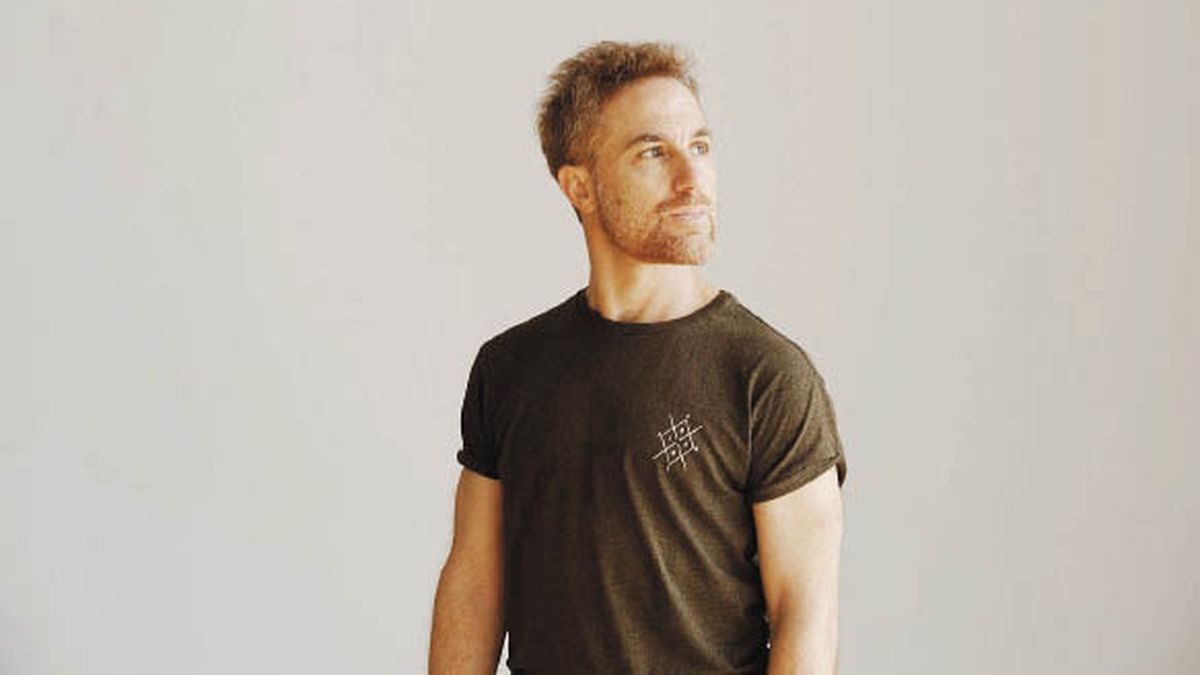Journalist: How did the show come about?
Diego Rosental: I started to elaborate it last year in Madrid when I did a master’s degree in scenic practice and visual culture that is given at the Reina Sofía Museum. Dancers, plastic artists, filmmakers come together, and I designed this as a final project. My previous work, “Acrostic”, involved dance and I had left something unexplored pending. It was a biodrama but this time I didn’t want to speak in the first person. That thing about “The resignation” had been resonating, and it resulted in a solo where I dance that Israeli folk dance, rikudim, but I don’t state what I dance, I don’t give data.
Q.: How did the Rikudim appear?
DR: It comes from the “Rikudei iam”, it means dances by the sea, it has a lot to do with the origin of the state of Israel and it came back to me because I danced it when I was a boy in Rosario. I asked friends for help, I saw many videos, I rediscovered that dance. Part of this renunciation is being faithful to this dance. I do not include improvisation or contemporary, I chose to dance this dance but in a very different way than usual. I dance silently and in a circular way.
Q.: What is it like to dance in silence?
DR: I was removing sounds until only silence remained and that opens up the imaginary more. There is something in those steps and stronger styles that oscillate between masculine, feminine, military, happy or melancholy. The main difference with the rikudim is that it is a collective dance and I dance alone, that reveals an absence and a renunciation.
Q.: Give up what?
DR: It has to do with decisions, making some and giving up others. In relation to the show, dancing alone in silence without stopping and allowing myself to connect with issues of my own history. The inheritance and some wounds, remnants that remained. A way to reconfigure and heal something, to give up something that I was carrying, to leave behind to open something new. Resignation is also acceptance and not rejecting.
Q.: How was it received by the public that already saw it in general rehearsals or previous functions?
DR: I did six performances in August and the audience goes into a trance, it’s everyone’s journey. Many said that although there is no music they could hear it through my steps, there is something rhythmic that begins to happen, it is entering the musicality.
Q.: How do you see this moment of the dance?
DR: Difficult like all the arts, but dance always has a lower budget than theater, that’s historical. Dance is becoming more involved in the world of theater, for example, I do choreographies for plays, it is something that has begun to be incorporated. In the official theaters they contemplate that possibility that I think was not so common before. Dance and performance expand and touch places that the theater does not and needs something of that. In Argentina it is not so developed while in Spain everything that is performance and living arts, as they call it there, is proliferating.
Q.: How do you work with dance in independent theater?
DR: In this play there are three of us and only me on stage, it’s easier. The difficult thing in the freelance is to coordinate the entire team to rehearse because you can’t require people to leave their paid jobs. It works in a precarious way, unfortunately, but I see that even so, production doesn’t stop, I don’t know how. It is very stimulating. Unlike Madrid where the independent does not have the prestige or public participation that it has here. There is everything official or commercial.
Source: Ambito
David William is a talented author who has made a name for himself in the world of writing. He is a professional author who writes on a wide range of topics, from general interest to opinion news. David is currently working as a writer at 24 hours worlds where he brings his unique perspective and in-depth research to his articles, making them both informative and engaging.




